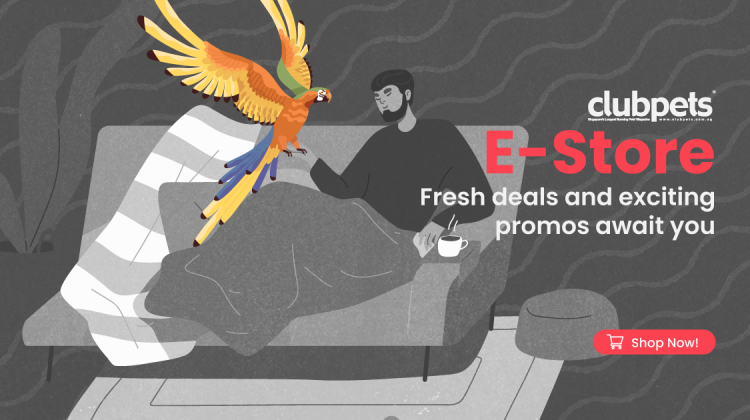A Guide on How to Deal with Dogs Destroying House Furniture
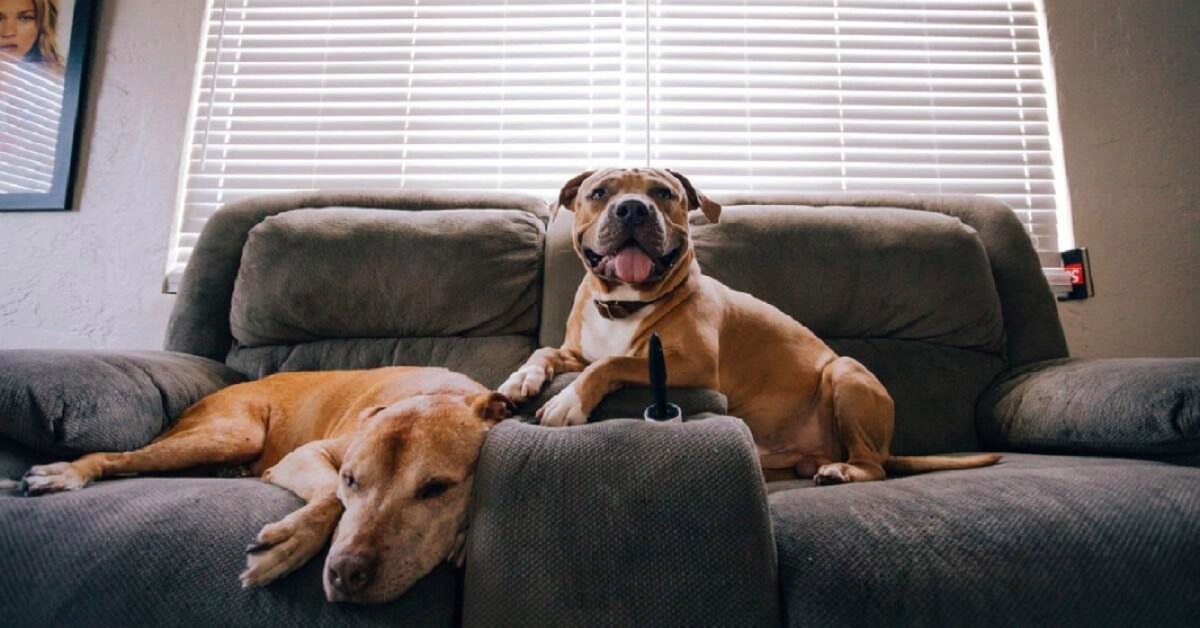
Cover image source: Kevin Turcios on Unsplash
Coming home to a chewed up shoe or a ripped blanket after a long day of work is not favourable, yet it may be a problem that many dog owners face. Given that we are unable to supervise our dogs at all times, even if we are working from home, it is therefore important to correct their behaviour as soon as possible.
Here are some reasons why your dog could be displaying destructive behaviour, as well as recommendations on how you can prevent your dog from destroying your house furniture!
Reasons for doing so
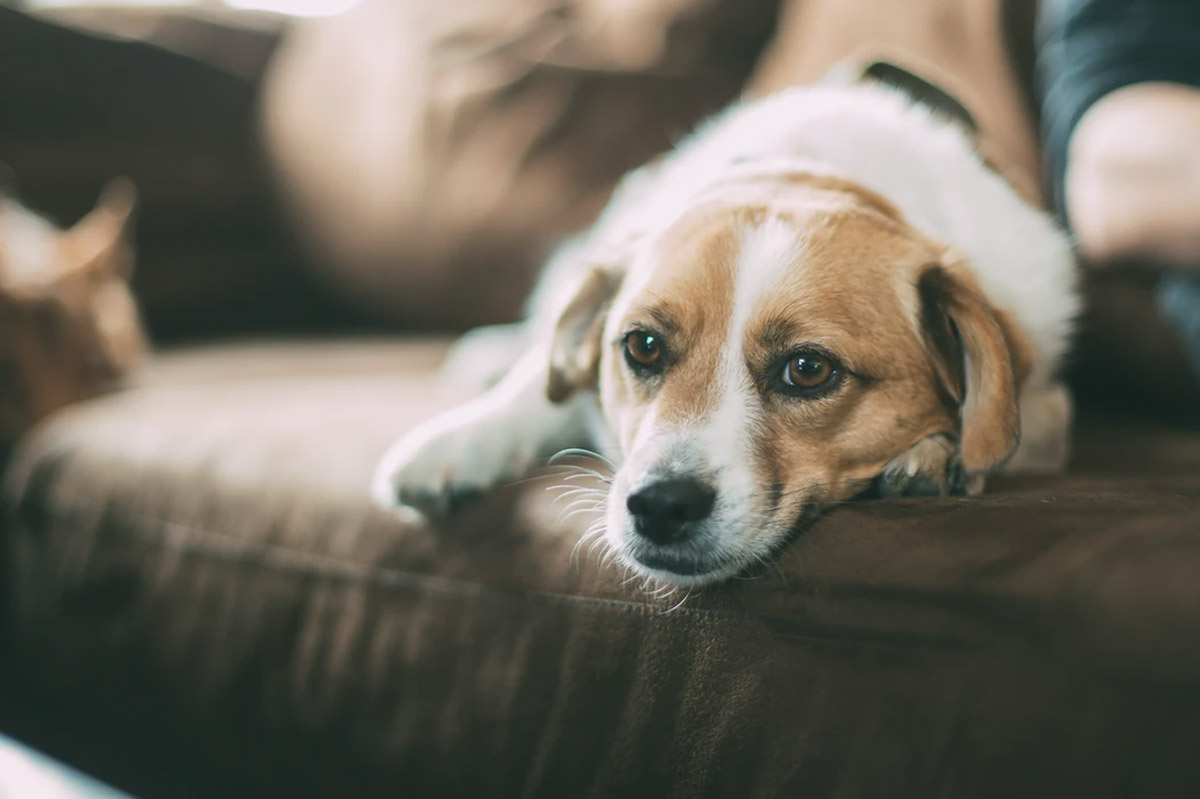
Source: Robert Larsson on Unsplash
A common reason as to why dogs exhibit destructive behaviour stems from the lack of physical activity, which leads to their growing sense of boredom. This pent up boredom may then result in them seeking out your furniture to chew on.
On the other hand, your dog’s destructive behaviour may also be a sign that he is suffering from separation anxiety. As a result of the stress and anxiety they experience, dogs are likely to resort to destructive chewing to relieve their stress, especially when they are left alone. If you suspect that your dog is suffering from separation anxiety, keep a lookout for other tell-tale signs of distress such as howling and whining when you’re not around or constantly pacing up and down.
Solutions
Crate training
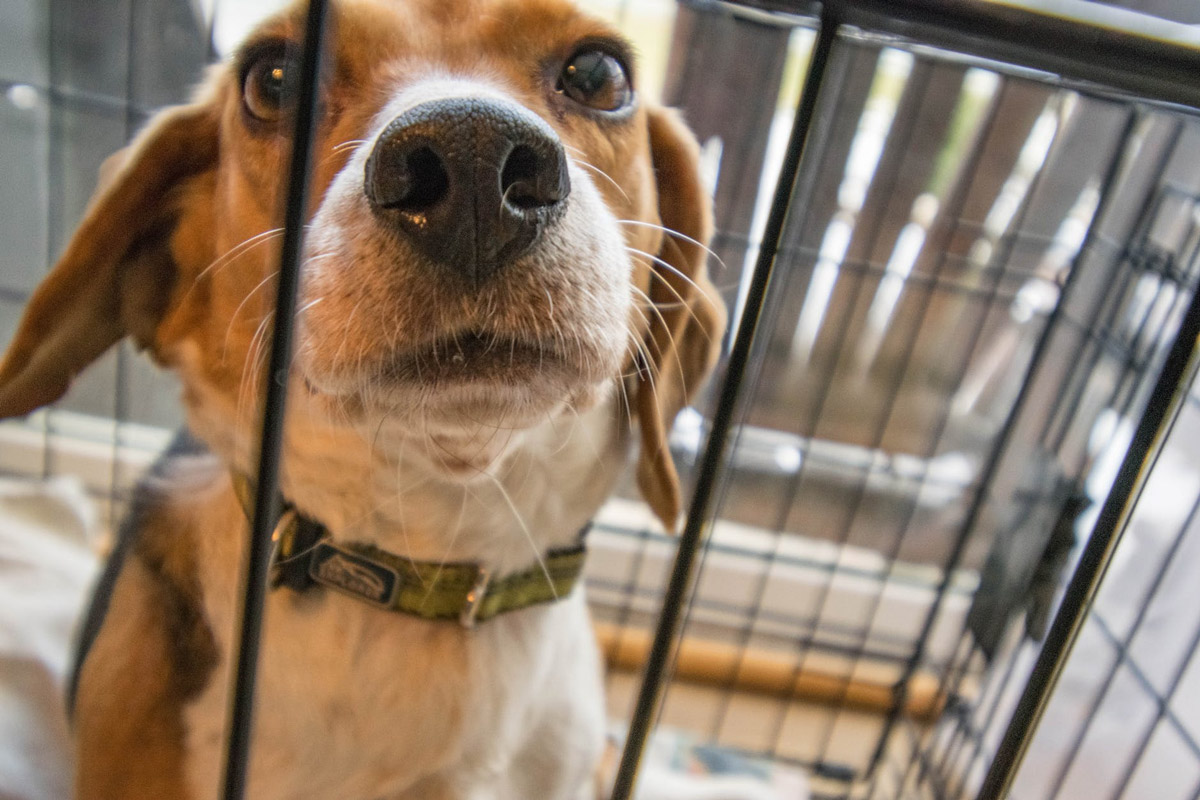
Source: Hilary Halliwell on Pexels
The most straightforward method to combat your dog’s destructive chewing is to limit their freedom within the house. This may be useful for owners who are unable to supervise their dog for a long period of time throughout the day.
Providing chew toys in their crates is also useful as it forces them to limit their chewing to these toys, which allows them to form the habit of chewing on appropriate items instead of seeking out your furniture after they are released from their crates.
Provision of chew toys
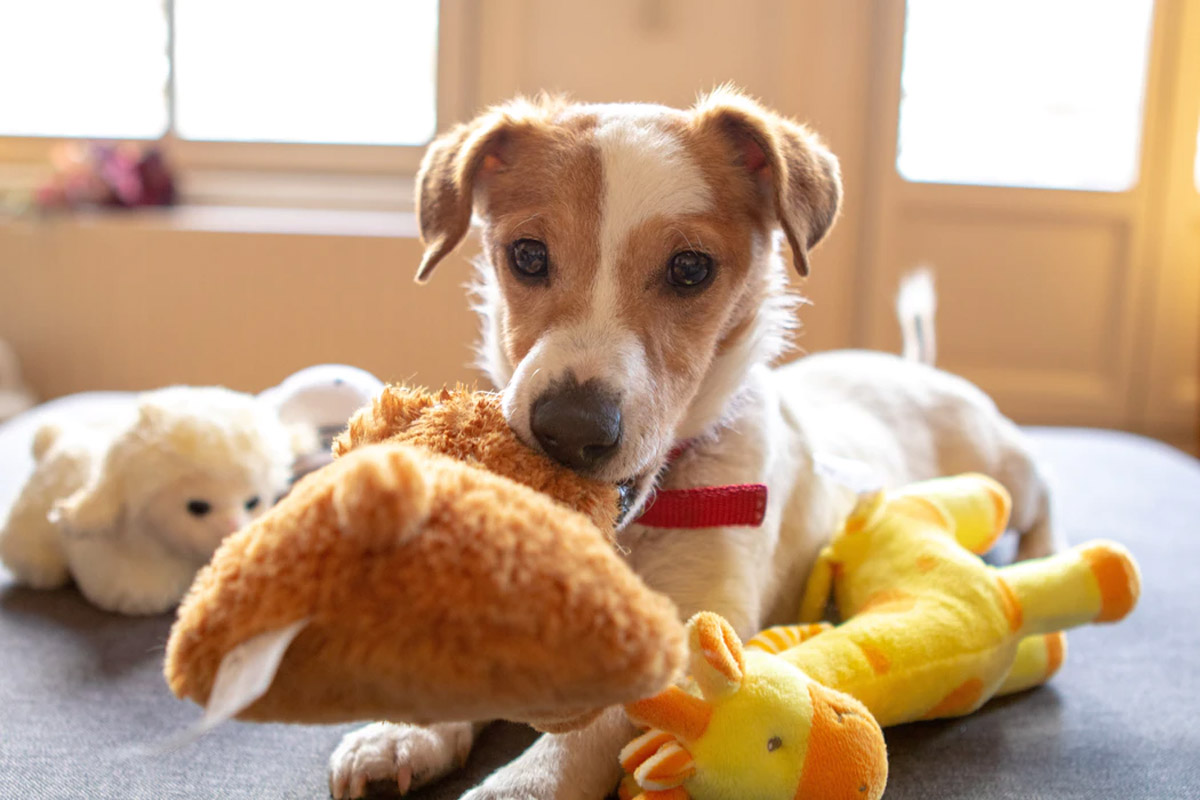
Source: marieke koenders on Unsplash
While chewing may be mistakenly seen as a rebellious act, it is actually a normal behaviour among all dogs for them to relieve pain and anxiety. As such, providing chew toys for your dogs allows them to direct their chewing elsewhere, which prevents them from destroying your furniture.
Besides just providing chew toys, guidance is also needed for them to learn to limit their chewing to their toys. Whenever your dog starts chewing on your furniture, immediately stop them and bring them to their chew toys. You can also offer them treats as a reward whenever they make use of their chew toys instead of chewing on your furniture.
Ample exercise & mental stimulation
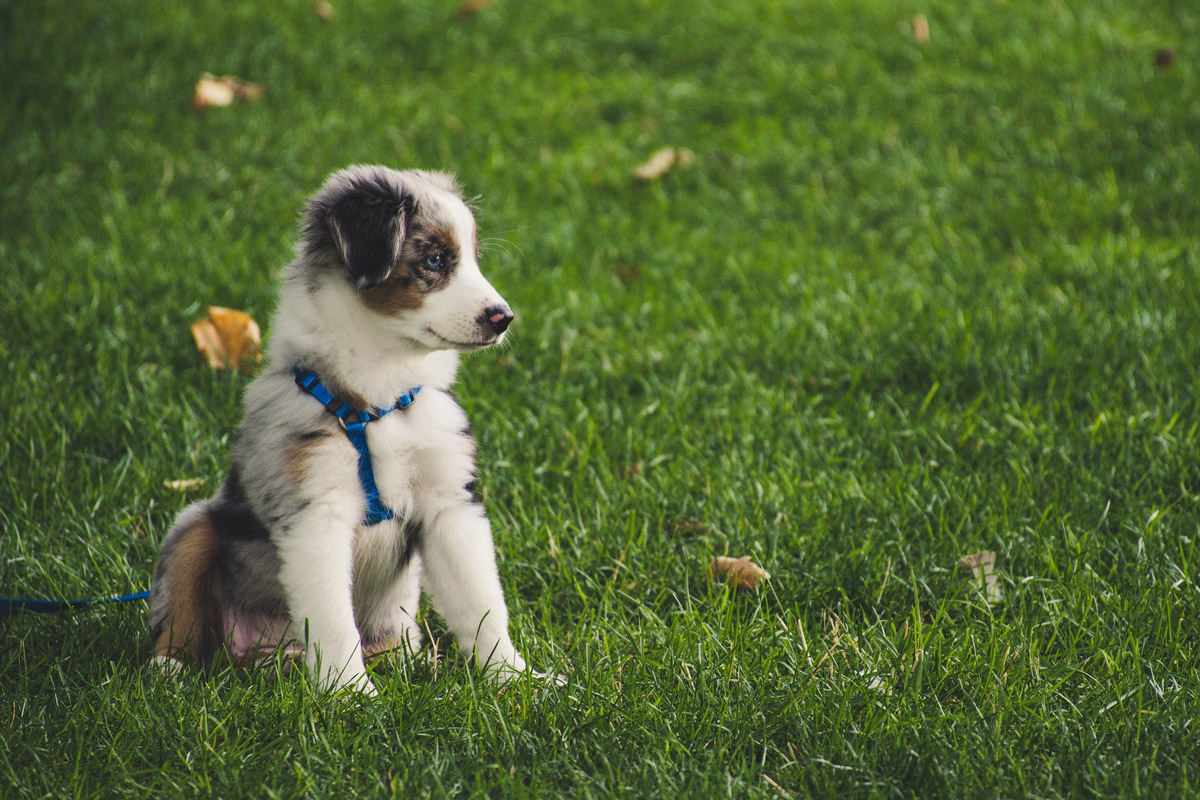
Source: Brett Sayles on Pexels
As dogs’ destructive behaviour may stem from their boredom, ensuring that your dog receives ample exercise and mental stimulation can lead to a happier, healthier, and less destructive pooch. Moreover, exercising releases endorphins, which is also released when they chew on objects. Hence, your dog would feel the need to chew less if they are leading an active lifestyle.
If you’re worried about bringing your dog out during this COVID-19 period, fret not. There are plenty of ways to keep your dog occupied and active even when you’re indoors.
Ease the separation anxiety
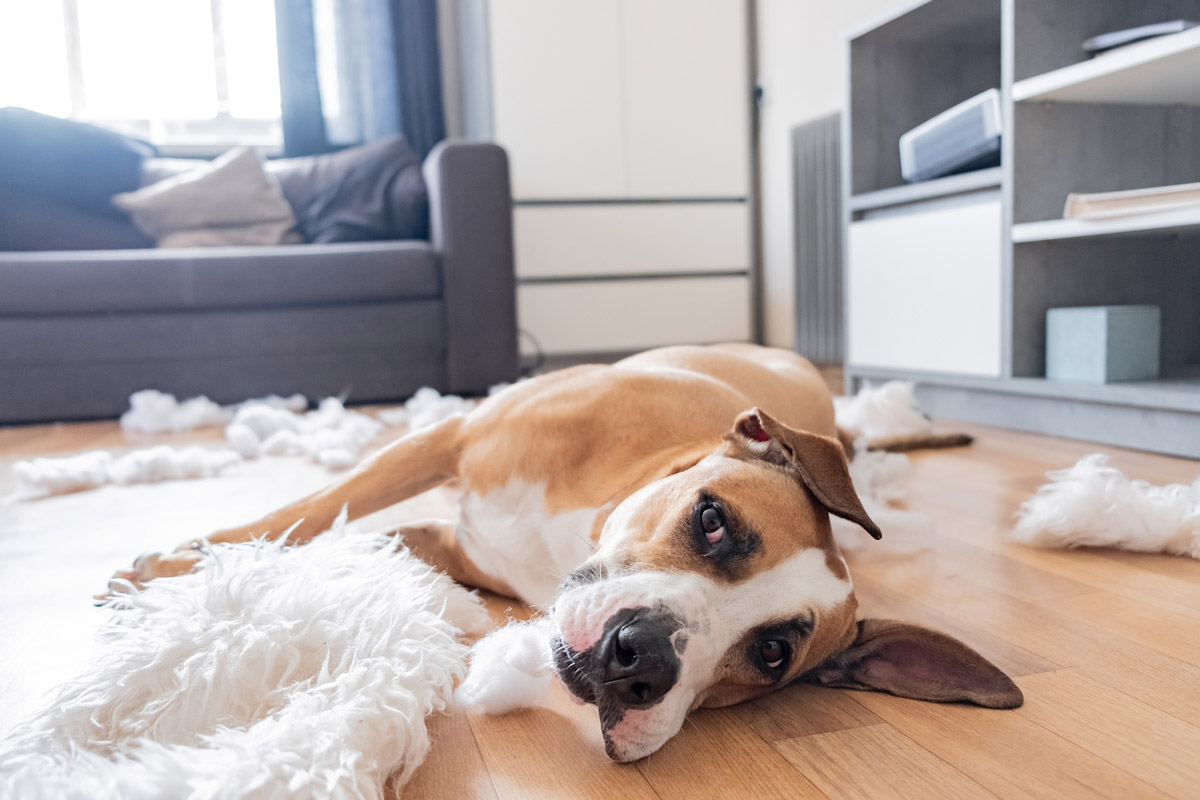
By nature, dogs are almost never away from their packs, which is why it’s possible for some dogs to develop separation anxiety. To make this unnatural situation more comfortable for your dog and build up its sense of security, try not to make a big deal when you leave for the day and return home. By doing so, you’ll communicate to your dog that the time apart is no big deal!
However, depending on the severity of your dog’s anxiety, you might have to make this a gradual process. Start off by leaving your dog alone for just 5 minutes, and then slowly extend the time spent apart to about 20 minutes when your dog is accustomed to being alone without any problem. Repeat this process until your pooch is able to be alone for as long as you need to work!
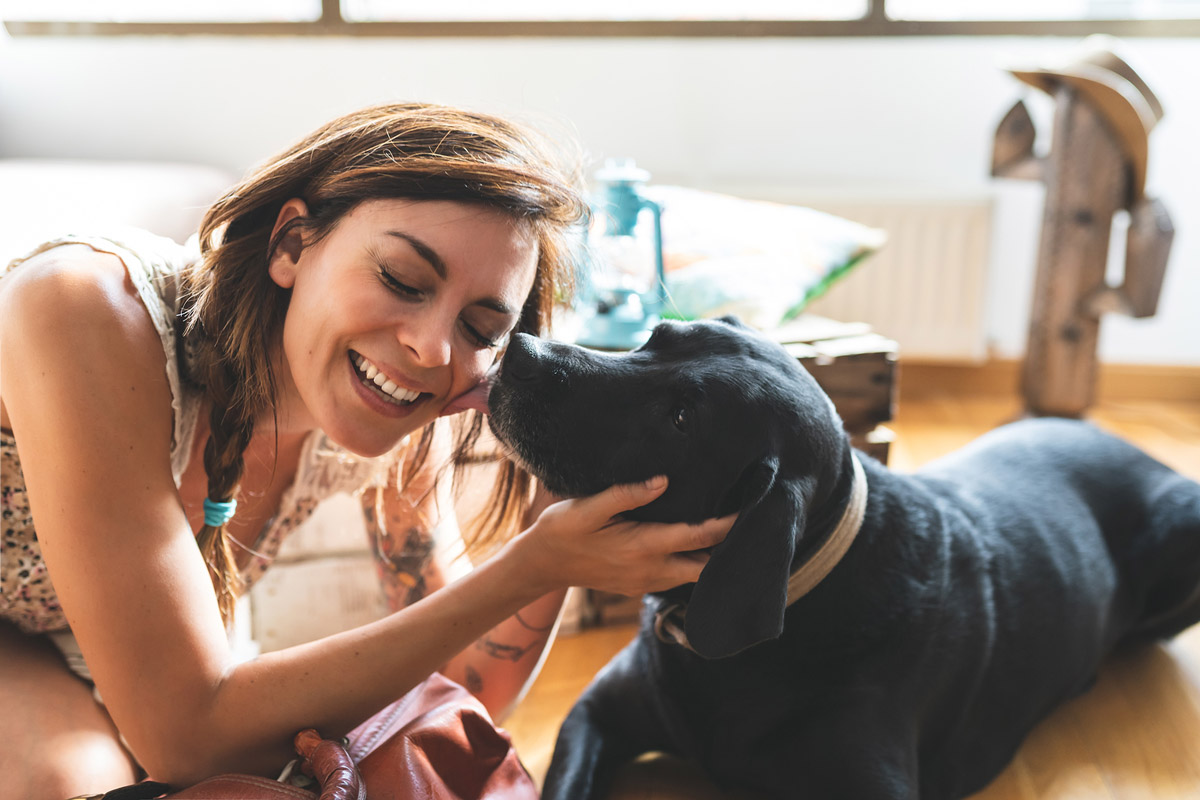
As with all training methods, it is important to remain patient when adopting these recommendations to curb their destructive behaviour. It’s also best to use all the methods provided for a multi-modal intervention, in order to achieve the best results in the shortest period of time. Should your pet continuously resorts to chewing your furniture, you may seek professional help and advice from vets and animal behaviourists as soon as possible.


